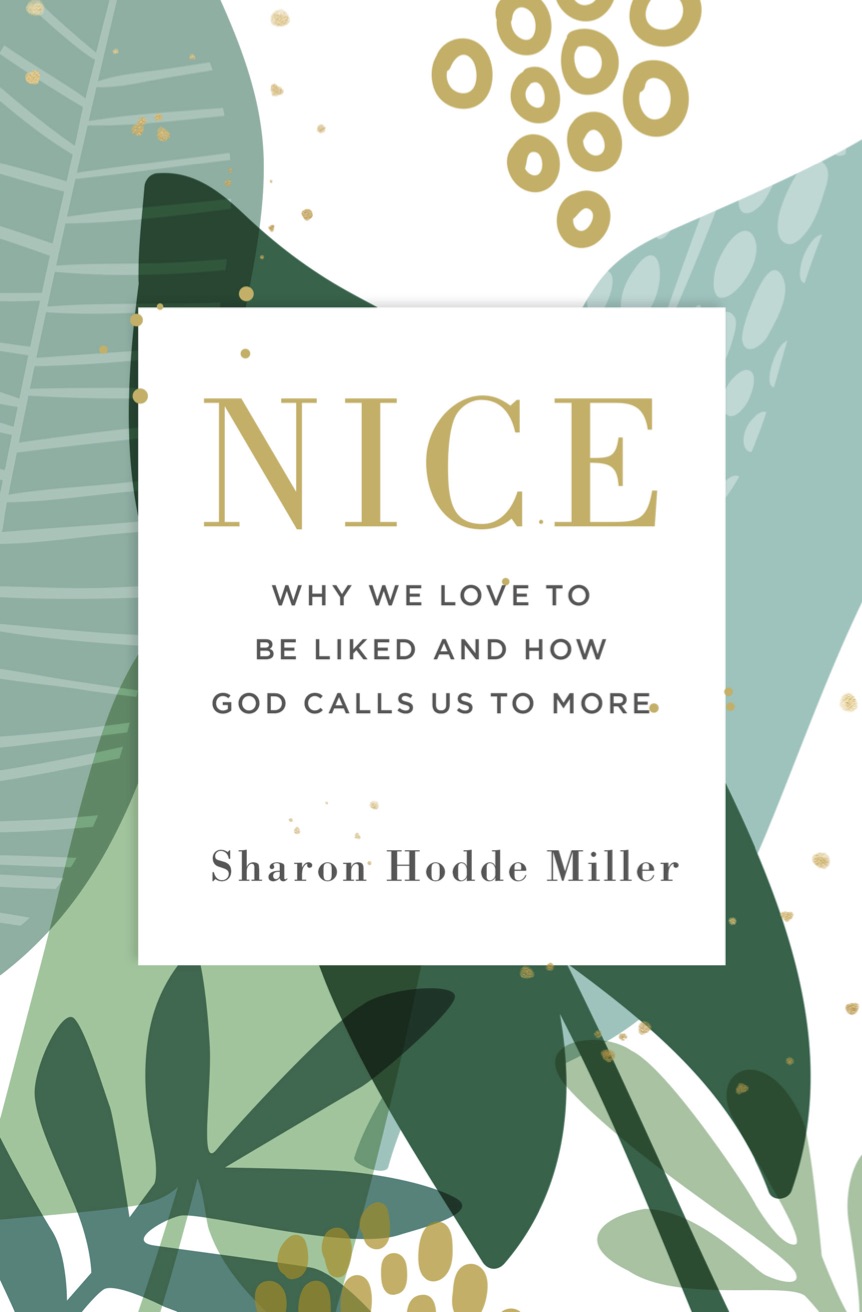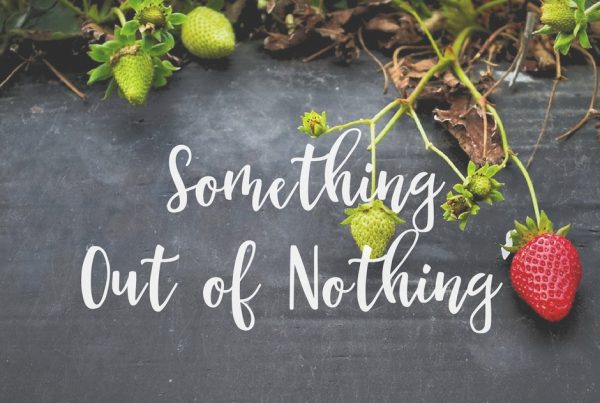Have you ever wondered why Paul, in 2 Corinthians 12, refers to a struggle in his life as a “thorn in his flesh?” Today we take that language for granted because it’s a phrase that people use all the time. But why did Paul coin that phrase? Was there a reason?
This weekend I heard a sermon that sparked my imagination and challenged me to pursue the answer to that question. I know this seems like a really random blog post but stick with me! I think you’ll be amazed by what Scripture has to teach us about this seemingly insignificant thorn.
First, rewind thousands and thousands of years before Paul ever comes on the scene. We begin in the Garden of Eden. Adam and Eve have just sinned and the world is now under a curse. Women will now suffer through child-bearing and men will have an unhealthy relationship to work. But notice what else the curse entails: “Cursed is the ground because of you; through painful toil you will eat of it all the days of your life. It will produce thorns and thistles for you, and you will eat the plants of the field.” (Gen. 3:17-18)
In the very first scene of Scripture, thorns appear as a symbol of the curse, and this symbol will continue to crop up (no pun intended!) throughout the rest of Scripture.
Now fast forward to the life of Moses. At this point in history God’s people are in bondage to Egypt. They have suffered for hundreds of years and they desperately need a savior. So what does God do? He speaks to Moses through a burning bush, and instructs Moses to deliver His people.
Now watch this–the word for “bush” in Exodus 3:2 actually refers to a thorny bush. In fact, this particular type of bush still exists today, and it’s known for its perilous thorns. With that in mind, notice that God is speaking from out of this symbol of the curse, telling Moses, “I have heard my people’s cry. I will deliver them.” What a foreshadow of God’s redemption to come!
But it gets better. Fast forward a little more to Moses’ encounter with God on Mt. Sinai. The word “sinai” literally means “thorny” in Hebrew. And on top of this “thorny” mountain is where God imparts His Law to Moses, a Law that makes it even more clear how desperately cursed and in need of salvation we are. Like the burning bush, Mt. Sinai is a picture of God’s intervention amidst our cursed and thorny state. Again, He reminds us, “I am here! I have a plan! Just hold on!”
This thorn bush appears only one more time in Scripture. This time, it’s in the Gospels. Jesus is about to be crucified, he is beaten beyond recognition, and soldiers are gambling for his clothes. In a final act of humiliation, they twist together a crown of thorns and place it on his head. Then he is crucified, and dies.
I can’t help but wonder if Paul had all this in mind in 2 Corinthians. Paul was a man well-versed in Hebrew Scripture. He would have known the history of the thorn bush and how it always appeared at strategic points in Israelite history, reminding God’s people of the curse, as well as His plan to overturn it. He also knew the story of Jesus’ death and resurrection. He must have seen the significance of that crown of thorns atop a crucified Savior.
Which leads me to conclude that Paul’s word choice was intentional in 2 Corinthians 12. He wasn’t simply being poetic. He wasn’t merely creating a helpful word picture. He was making a theological statement. That thorn in his side was a sign of the curse. Until Christ returns we will feel the effects of the curse on all our lives. But like Paul, we can endure that thorn with hope in our hearts, knowing that the thorn was literally crucified with Christ. God has redemptive plans for it. In the same way that God spoke to Moses out of a burning, thorny bush, God has a message of hope and redemption that bursts out of our own struggles.
What is the thorn in your side right now? What have you pleaded with God to take away, and for reasons beyond your understanding He has not removed? I encourage you to cling to the above visual as you battle your own thorns of the flesh. Remember that the very reason Christ had to die was because of that thorn in your side. It rested upon his head as he gasped his final breath.
So view your thorn through the lens of that story, and how that story ended. God hears your cries and He is at work, so rather than let the thorn in your flesh determine how you live, move and breathe, instead rest upon Christ’s victory over it. Then, like Paul, you can proudly boast, “I delight in weaknesses, in insults, in hardships, in persecutions, in difficulties. For when I am weak, then I am strong.”






LOVE IT! I’m right there with you, Sharon, regarding the intentionality (word?) of word choice in the Bible. Thank you for sharing your study! I understand the thorn in the flesh more now.
I was thinking along the same vein when I was meditating on Psalm 103:1-5 this weekend, particularly verse 5. “Who satisfieth thy mouth with good things; so that thy youth is renewed like the eagle’s.” I was thinking, “What’s so special about the eagle’s youth?” I know there’s a lot of neat things in the Bible about eagles, but this was a little different for me. So I did a little research, and this is what I found: http://leesbird.com/2009/09/25/b-o-b-eagle-renewal/. I don’t want to take up more space on your wall, but this link (a blog for “bird-watching from a Christian perspective”…neat, huh?!) was very helpful!
Anyway…thank you! I like the way you think and how you don’t stop at the obvious! God bless you this week!
This is pretty much the most interesting thing I’ve read in a good long while – thanks for sharing! I’ve always loved that passage, and now it’s even richer in meaning to me.
Thank you so much for writing this blog and keeping it real and relevant. I am renewed in my walk with Christ and am having many doubts and struggles even in being honest with Jesus. Your blog is a very helpful tool in redirecting my thoughts and my heart back to what it truly means to be a Christian woman.